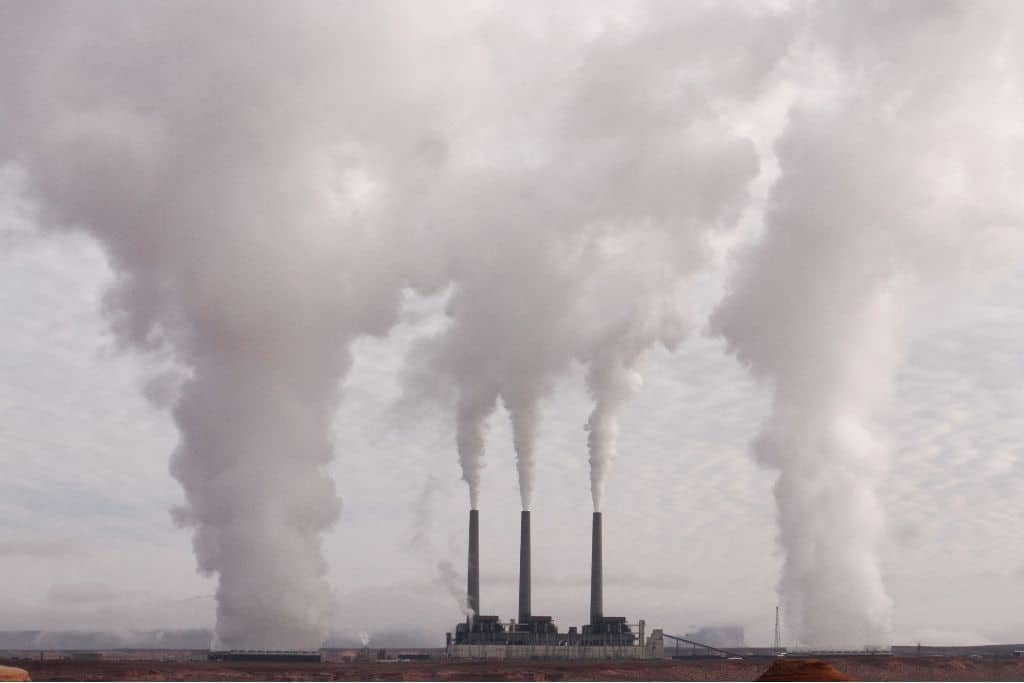Carbon tax has always been viewed by many countries as a useful and necessary tool to combat climate change through making emissions costlier for large emitters. Cap and trade, another similar tool, has also proven to be effective by putting a cap on the quantity of emissions. Ultimately, it will take the cooperation of the both in order to stop the Earth from warming, forcing polluters to think twice before they plan on sending harmful particles into the atmosphere. But first, let’s take a look at cap-and trade vs carbon tax, and explore and compare the advantages and disadvantages of the two carbon pricing tools.
—
Scientists are constantly observing drastic changes across the Earth’s climate system; in the atmosphere, oceans, ice floes, and on land. Most of these changes remain to be human-induced, creating climate extremes in every region across the globe.
A number of extreme weather events around the planet can be witnessed in 2020. There were hot and dry weather conditions that led to record-setting wildfires in vast areas of Australia, Brazil, and Canada. The hurricane season within the year also featured 30 devastating storms in the North Atlantic alone. NASA’s temperature analysis shows that the Arctic is warming four times faster than the rest of the world. Satellite images found oceans to be warming at unprecedented rates, making 2021 the hottest year along with highest levels for oceans. Historic floods driven by such record-breaking rainfall levels poured into Asia and Europe. While some of the unprecedented changes are still in motion, others such as the continued rise in sea levels, are sadly ‘‘irreversible’’.
On the bright side, as of this moment, experts believe there is still time to limit climate change. With strong and sustained reductions in emissions of carbon dioxide (CO2) and other greenhouse gases (GHG), air quality in the coming 20 to 30 years can in fact stabilise. Many economists have argued that carbon taxes are the most efficient and cost-effective way to curb climate change and global warming.
A carbon tax is an instrument of environmental cost internalisation. It is an excise tax imposed on producers of raw fossil fuels based on the relative carbon content of those fuels. A government sets a price that emitters must pay for each ton of greenhouse gas emissions they emit. By placing higher taxes on carbon-based fuels, households and industries are pushed to reduce the level of pollution and look to alternatives like solar power and hydrogen engines, which have lower impacts on the environment. The implementation of a carbon tax system, therefore, provides an incentive for businesses and industries to develop more environmentally-friendly production processes. It also encourages investment in renewable energies, leading to further technological developments. This is why many countries such as Argentina, Canada, the UK, the EU, Sweden, and Japan have adopted carbon taxes as it is an essential policy tool to limit carbon emissions. However, there is another economic instrument to do so, which is the-cap-and trade system.
While a carbon tax sets the price of CO2 emissions and allows the market to determine the amount of reduced emissions, a cap-and-trade system sets the quantity of emissions allowed, which can then be used to estimate the decline in the rise of global temperatures.
The ‘cap’ aspect is where a government sets an emission cap and issues a quantity of emission allowances distributed to companies, either for free or through an auction. Emitters must then hold allowances for emitting each ton of GHG. The cap on GHG emissions, which only gets stricter over time to ensure that total emissions fall, is a firm limit on pollution. The ‘trade’ aspect is where companies that can reduce their emissions at a lower price could sell their excess allowances to those facing higher costs. In the long run, trading gives companies stronger incentives to save money by cutting emissions in the most cost-efficient way.
Cap-and-trade requires a certain level of bureaucracy to select which companies get covered, and then allocate carbon allowances to each one. The strategy can only cover large polluters, leaving out millions of small ones. In this case, a carbon tax is more effective as the fee is applied at the source. It is the fuel that gets priced, so companies do not have the opportunity to argue over whose emissions gets covered or how big the cap should be. Hence, it can cover all fossil fuels and emitters and limit loopholes as a result. However, it does not have the ability to put a cap on emissions as effectively as the cap-and-trade does.
Regardless of arguments over cap-and trade vs carbon tax, they are still two sides of the same coin. Both aim to slow down global warming and curb the harmful effects of climate change. Ultimately, a stabilised climate is more likely to be achieved through adopting not a single but an interplay of multiple strategies.
You might also like: Carbon Tax Pros and Cons: Is Carbon Pricing the Right Policy to Implement?


















